Never Say Never
Growing up on a farm/ranch was a great life! We had stock cows, sheep, chickens, pigs, milk cows, cats, dogs, riding and draft horses. Our farmstead was located 6.5 miles northeast of Carrington. There was always work to do with the animals. That life style required a work ethic and sense of determination that proved to be an important element in my life. Little did I know how my childhood life would guide me.
My country school, Estabrook, was located one mile north of our farmstead. I went to Estabrook from first through sixth grade. In December of sixth grade, our teacher resigned and I transferred to the elementary school in Carrington. What a culture shock! I rode a bus for the first time and my class size went from 4 to over 70.
In high school, along with farm chores, I started working off the family farm. First at local area farms and then for concrete and metal construction companies. This extra work helped pay for high school activities. After graduation in 1980, I decided to enroll at North Dakota State University (NDSU). Another culture shock! Class sizes went from 70 plus to 200 – 300. I took classes toward a BS degree in Agricultural Economics. Within this degree, I chose the Production option. I continued working for a local concrete company during summer break.
In May of 1982, I received an interesting phone call. Dr. Earl Stegman, an NDSU professor, asked me to work for him. He had research plots at the Carrington Irrigation Station. He had hired two employees, but one had contracted mono. I was asked to fill in. Realizing an opportunity, I said, “Yes”. After the Fourth of July, Dr. Stegman said his employee had recovered but he let me finish working through the summer. I ended up working for him for three more seasons.
In December of 1985, I graduated from NDSU. Another job opportunity had appeared. The Carrington Irrigation Station’s superintendent, Howard Olson, hired me as a seasonal employee. This guided me in a job direction that I could not have imagined. Along with other jobs, I helped foundation seedsman, Marvin Hollatz. After packaging the conditioned seed in bushel bags, I helped him stack the bags in the warehouse. This was my first glimpse inside of a foundation seed mill elevator. It was cold and dark! My initial thought was, “I’m never going to manage a foundation seed mill elevator.” Seed conditioning looked like a very complicated process.
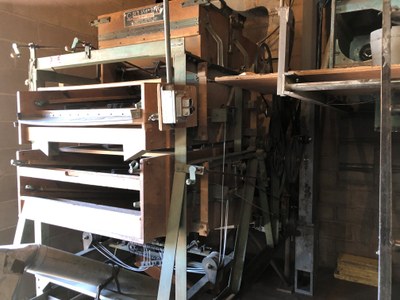
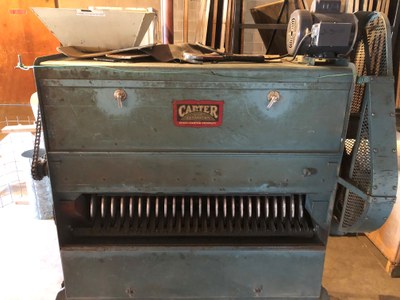
Some of the machines Dave has worked with during his 19 years at the CREC.
I am now in my 19th year as foundation seedstock manager and I would not change a thing. It’s a lot of hard work. There are long days and sometimes longer nights. I’ve been around long enough to see significant changes take place at the Carrington Irrigation Station, now known as the Carrington Research Extension Center. One of the most exciting changes has been watching our current seed conditioning facility built from the ground up and now getting to use it. It’s an honor to serve our constituents and I’d like to humbly remind you, “Never Say Never”.
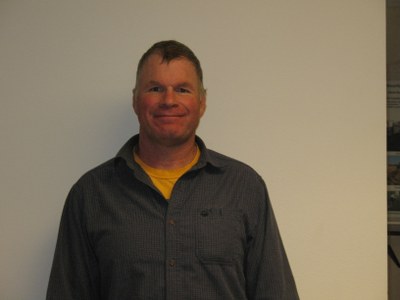
Dave Copenhaver, CREC Foundation Seedstock Manager
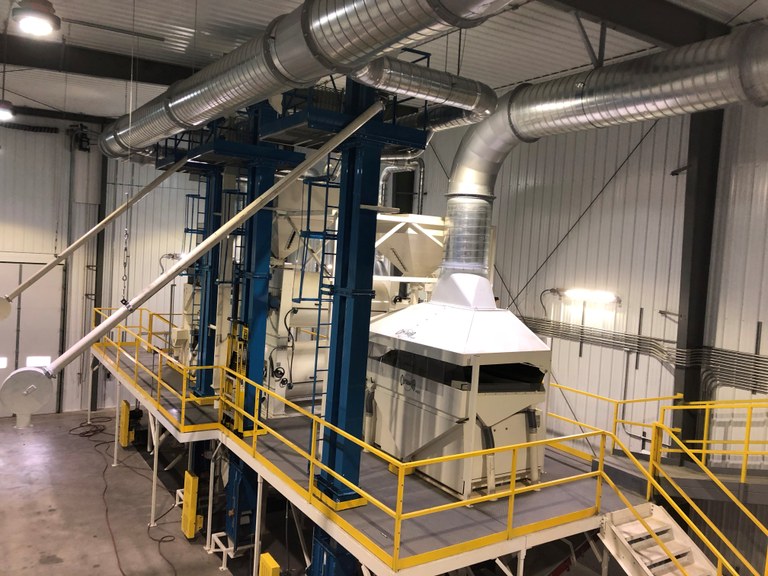
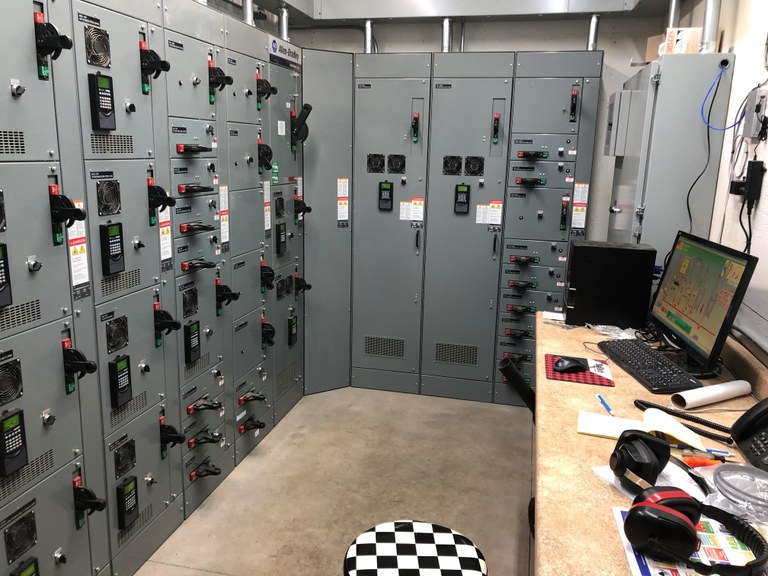
The new mill Dave and the Seedstocks team now work in.
Dave Copenhaver
David.Copenhaver@ndsu.edu
CREC Foundation Seedstock Manager


